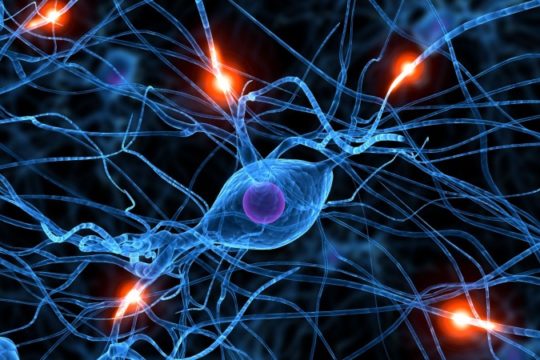Technology
 Neuromonitoring takes the place of neurologic examination while the patient is under anesthesia. This is to prevent injury to these structures and to guide the surgery around them.
Neuromonitoring takes the place of neurologic examination while the patient is under anesthesia. This is to prevent injury to these structures and to guide the surgery around them.
To maximize the safety and accuracy of neurosurgical procedures, our surgeons employ a variety of brain monitoring and stimulation techniques. These include mapping of motor and language function during tumor resection, microelectrode recordings of individual neurons and oscillatory activity to localize targets for deep brain stimulation, and seizure mapping for intractable epilepsy. Specialized electrophysiology equipment is used for each of these applications, acquiring brain signals that are then assessed by specially-trained neurophysiologists, neuropsychologists, neurologists and surgeons, depending on the particular needs of a case. Expert interpretation of these signals allows our neurosurgeons to tailor each operation to a patient’s unique anatomy and physiology for maximal benefit.